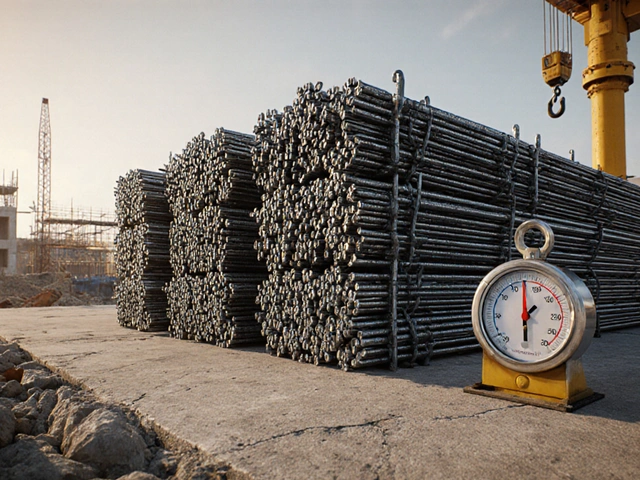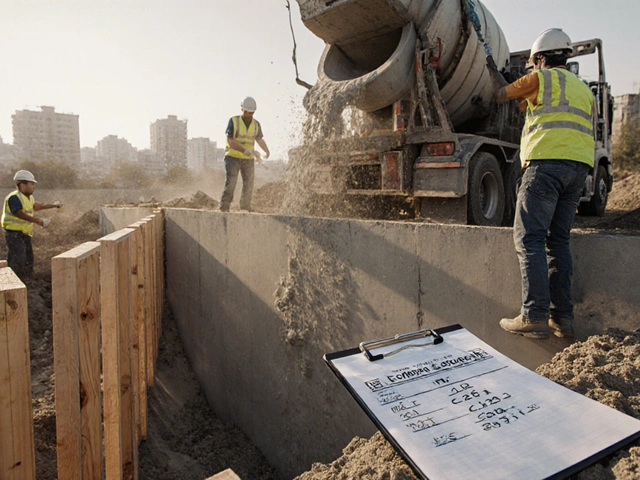Proof of Work Nedir? Nasıl Çalışır?
When working with Proof of Work, bir işlemin geçerliliğini kanıtlamak için yapılan yoğun hesaplamalı süreçtir. Also known as PoW, it forms the backbone of many blockchain, dağıtık ve değiştirilemez veri yapısı networks. The most recognizable implementation is Bitcoin, ilk ve en büyük kripto para, where miners, ağ güvenliğini sağlamak için çözüm üreten katılımcılar solve cryptographic puzzles to add new blocks.
Proof of Work requires intense computational work, which means every participant must invest hardware and electricity. This requirement creates a natural barrier against attacks, because an adversary would need to out‑spend the entire network. In turn, the blockchain uses Proof of Work to reach consensus: once a miner finds a valid hash, the block is broadcast, and other nodes verify it instantly. The result is a self‑reinforcing loop where security, decentralization, and economic incentives are tightly linked.
Proof of Work’un Temel Bileşenleri
Three core elements define the system. First, the cryptographic hash function takes transaction data and produces a fixed‑size output; miners repeatedly tweak a nonce until the hash meets the difficulty target. Second, the difficulty adjustment algorithm recalibrates the target every 2016 blocks in Bitcoin, ensuring a steady block time despite fluctuating hardware power. Third, the reward structure—block subsidy plus transaction fees—motivates miners to keep the network alive. Together, these pieces form a clear semantic triple: Proof of Work → requires → hash computation; Blockchain → employs → difficulty adjustment; Bitcoin → provides → mining rewards.
Beyond Bitcoin, other projects have tweaked the model. Some use hybrid consensus, combining Proof of Work with Proof of Stake to lower energy use while preserving security. Others experiment with alternative hash algorithms to resist ASIC domination. Regardless of the variation, the underlying principle stays the same: work must be provable before the network accepts a new state.
Understanding Proof of Work also helps evaluate related topics like energy consumption, hardware selection, and pool mining. For instance, a miner choosing between an ASIC and a GPU must compare hash‑per‑watt figures, because profitability depends on both speed and cost. Likewise, joining a mining pool spreads variance, giving steadier payouts at the expense of a small commission. These practical considerations are why many of our articles dive deep into hardware specs, cost calculations, and regulatory impacts.
In the sections below you’ll find detailed guides on everything from Bitcoin node setup to concrete pricing, each tied back to how Proof of Work influences real‑world decisions. Whether you’re a developer, an investor, or just curious about why your computer’s CPU hums during mining, the collection offers actionable insights you can apply right away.

Proof of Work Nedir? Kripto Madenciliğinin Temelini Anlayın
Proof of Work nedir, nasıl çalışır ve enerji tüketimi konularını detaylıca anlatan kapsamlı bir rehber.
Kripto ve BlockchainSon Gönderiler
Etiketler
- inşaat malzemeleri
- vinç kiralama
- hazır beton fiyatları
- inşaat demiri
- demir fiyatları
- inşaat demiri fiyatı
- çimento fiyatları 2025
- çimento online sipariş
- hazır beton
- inşaat maliyeti
- çimento fiyatları
- demir fiyatları 2025
- demir ton fiyatı
- hazır beton fiyatı
- çimento ağırlığı
- çimento fiyatı
- blok zinciri
- inşaat demiri ağırlığı
- inşaat demiri hesaplama
- beton hesaplama




